Oso, Washington
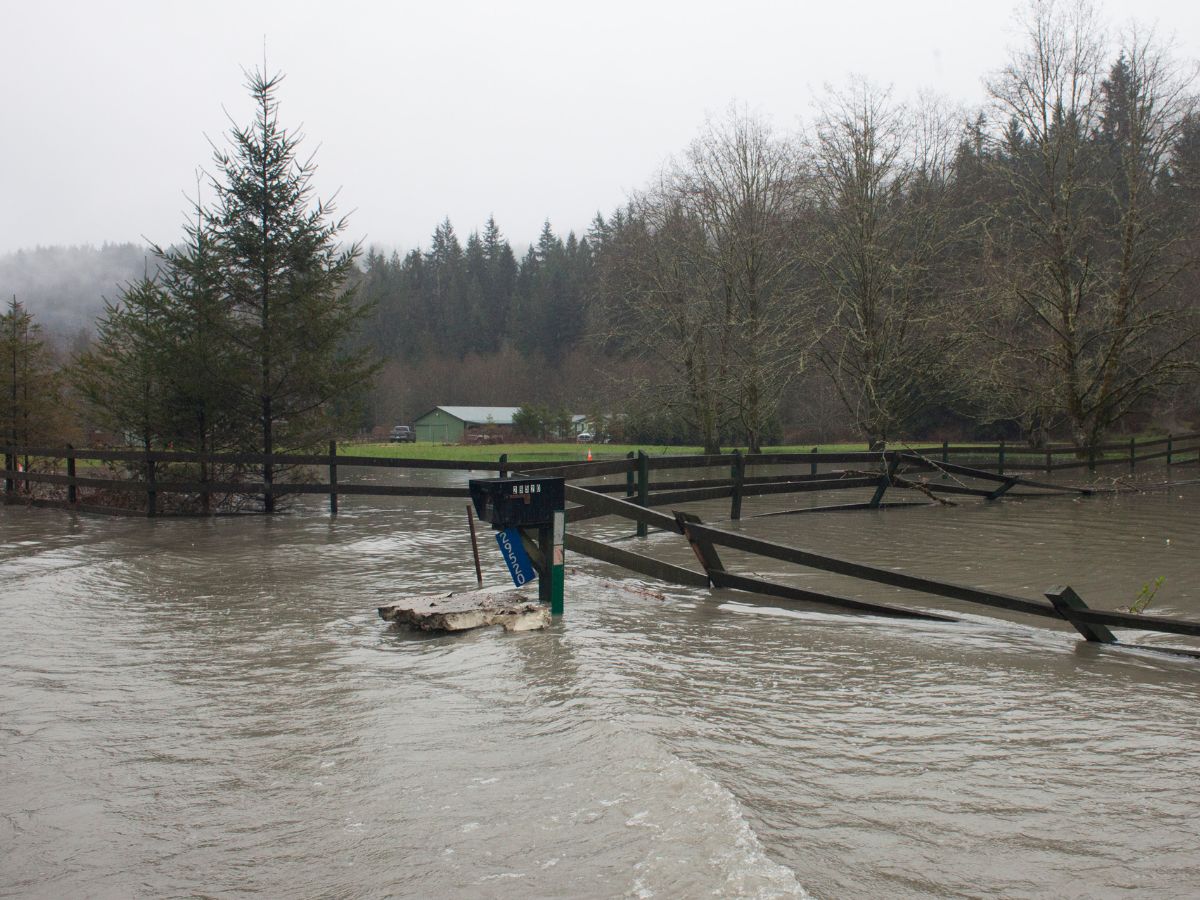
Oso, Washington, is technically a census-designated place (aka: a small town) north of Seattle. The town made infamous headlines in 2014 as the site of a large mudslide that killed 43 residents.
Even worse, subsequent investigations into geological surveys by environmental experts found it was previously known to be prone to mudslides. It may not be a high-violence place, but it still feels too easy to get killed there!
Farmington, New Mexico

Farmington has the dubious distinction of being the metropolitan area in the U.S. to have experienced the greatest population loss in the past 6 years. Between 2010 and 2015, the city lost 8.76% of its people, according to Wall 24/7.
A large chemical spill at the nearby Halliburton facility in 2006 and multiple civil rights investigations probably helped spur the decline. Can this town turn things around? We aren't holding our breath.
Detroit, Michigan

Detroit has experienced the second-most dramatic population decline of any major city of the last century. Since it peaked in population during the 1950 census, the city has lost 63.8% of its population.
With the loss of this tax base, the city itself had to declare bankruptcy. Abandoned and dilapidated houses litter the city, scaring off any potential residents.
St. Louis, Missouri

While St. Louis is well-known for cool landmarks like the Gateway Arch, Union Station, and the St. Louis Zoo, a few seedy statistics give this American heartland city a bad rap.
St. Louis has earned the "distinction" of having the most cosmetic surgeons, obesity and violence, per capita, than any other U.S. city. If that doesn't scream, "Stay away!" I don't know what does.
Reno, Nevada

Reno has actually been on a steady decline for years as tourists choose to spend their time in Las Vegas or California’s Indian casinos. Since it can’t compete with the other huge Nevada city, it’s decided to reinvent itself.
Larger companies are moving to the city, but celebrities, like Amy Schumer, still give the city a bad reputation by calling it "a dump." Things are improving, but Reno has a long way to go.
Cleveland, Ohio

One of the biggest problems with Cleveland is the unemployment rate. According to the Bureau of Labor Statistics, in January 2017, the unemployment rate was 6.5%.
By July 2019, the same government resource showed the unemployment rate at 5.1%. The good news is that it’s dropping, but there’s a history of unemployment in Cleveland spiking dramatically.
Camden, New Jersey
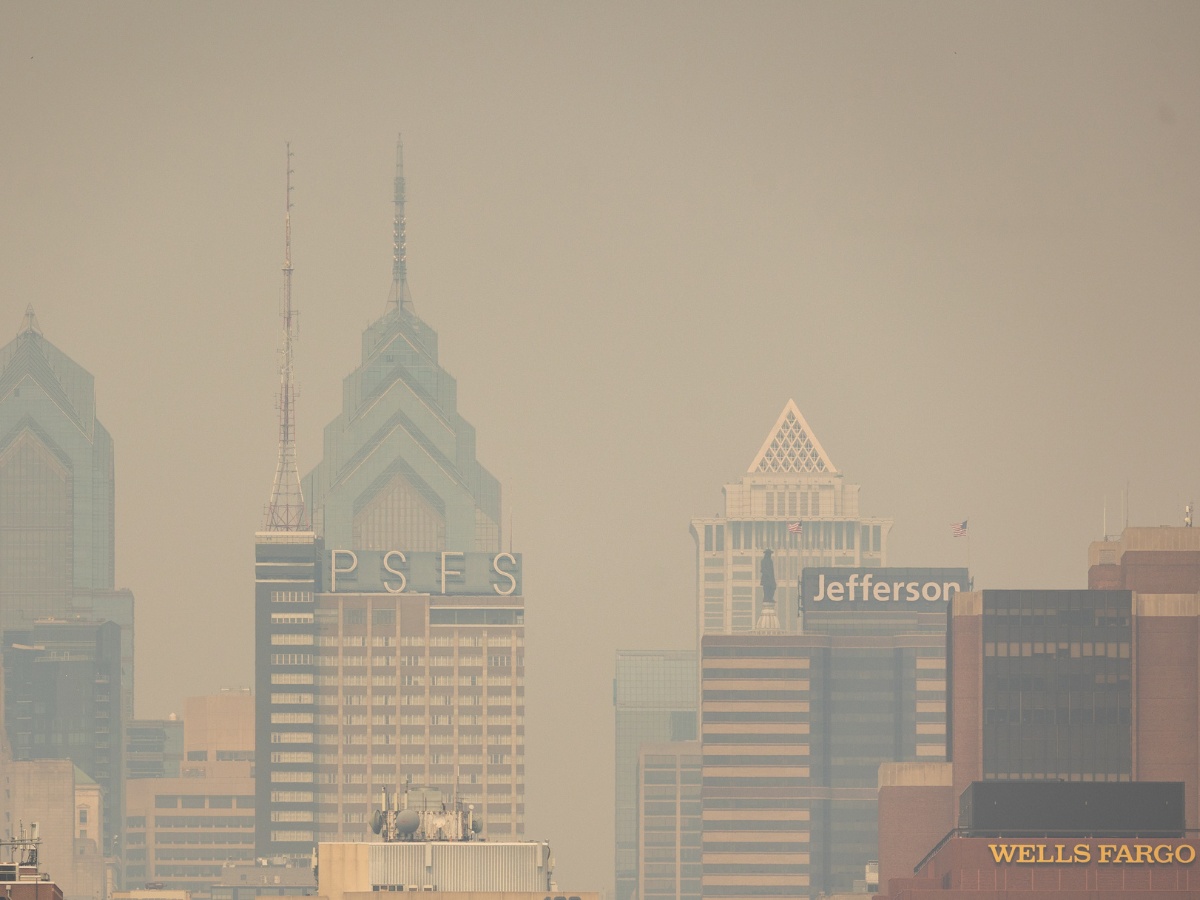
Once a major manufacturing hub for companies such as General Electric and RCA, Camden is now one of the most dangerous cities in America, according to NBC Philadelphia. Camden actually had one of the worst crime rates in the entire nation in 2012 because it was 6.6 times higher than the national average.
In 2019, Courier Post reported that crime had dropped by 19.5% for violent offenses and 16.9% for non-violent offenses. While this is great news, it's still 225% higher than the national average.
Memphis, Tennessee

There’s plenty to see—like the Memphis Zoo, great museums and Graceland, home of Elvis Presley—but this city has a high-crime reputation, and it's not entirely undeserved. The FBI reported that the crime rate for Memphis sits at 1,142 per 100,000 people.
That's 209% higher than the national average. The worst part about this is that people that have lived in Memphis for decades are beginning to leave the bustling city. If the natives can't take it, why would anyone else be able to?
Pine Bluff, Arkansas
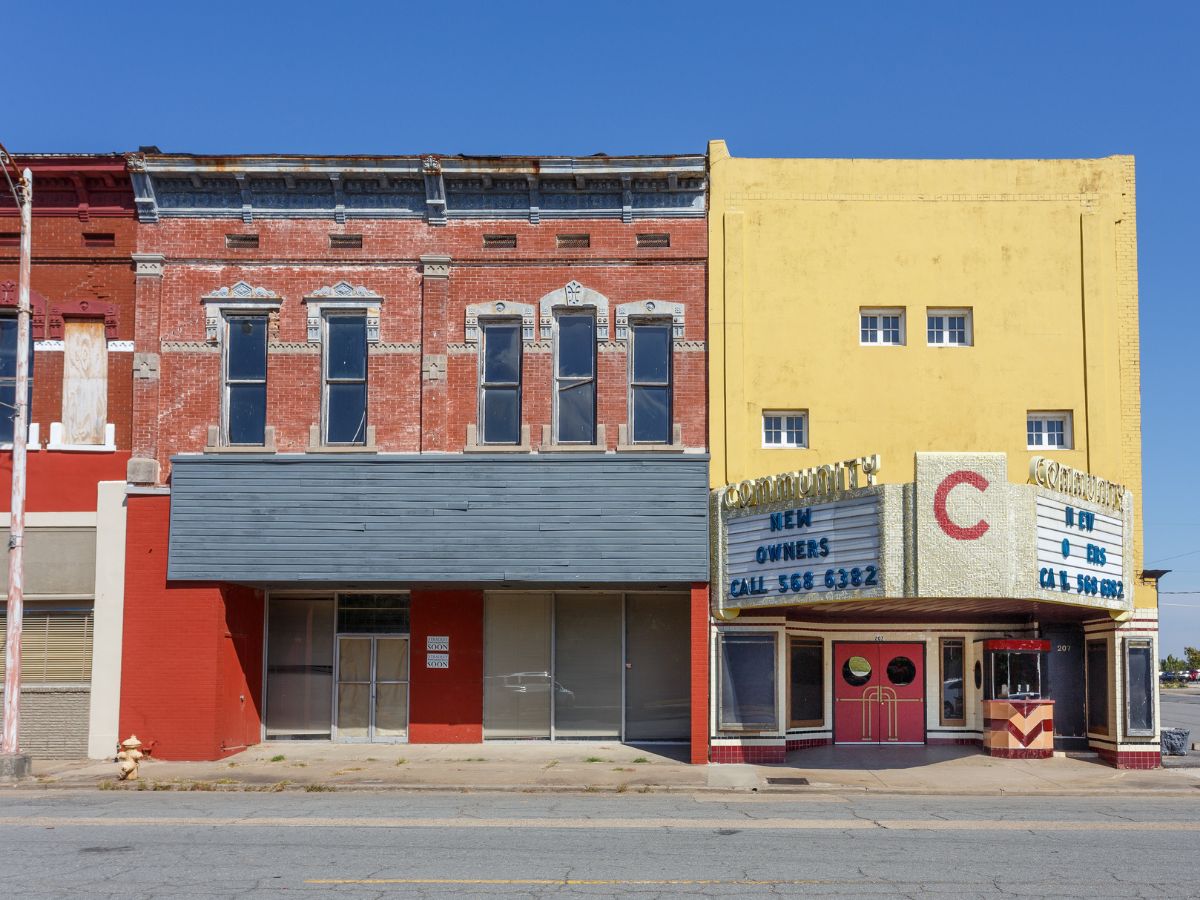
Unfortunately for Pine Bluff, it has the distinction of seeing the largest decrease in population since 2010 of any U.S. metropolitan area, according to the U.S. Census. From 1990 to 2018, the city lost 26.97% of its permanent residents.
Pine Bluff also doesn't have much reputation as a safe place to live, either. It's no surprise that medical care in the city is also pretty bad, making residents move elsewhere for better assistance.
Stockton, California

Stockton has been trying to crawl out of debt by boosting the economy, but it has a long way to go. It hopes to learn from its mistakes, but the crime rate makes it difficult for anything to be accomplished.
The FBI reported that for 100,000 residents, there are 795 violent crimes, which is 115% higher than the national average. This is only exacerbated by the cutbacks in their police force—mostly due to lack of funding. It's not a particularly encouraging combo.
Flint, Michigan
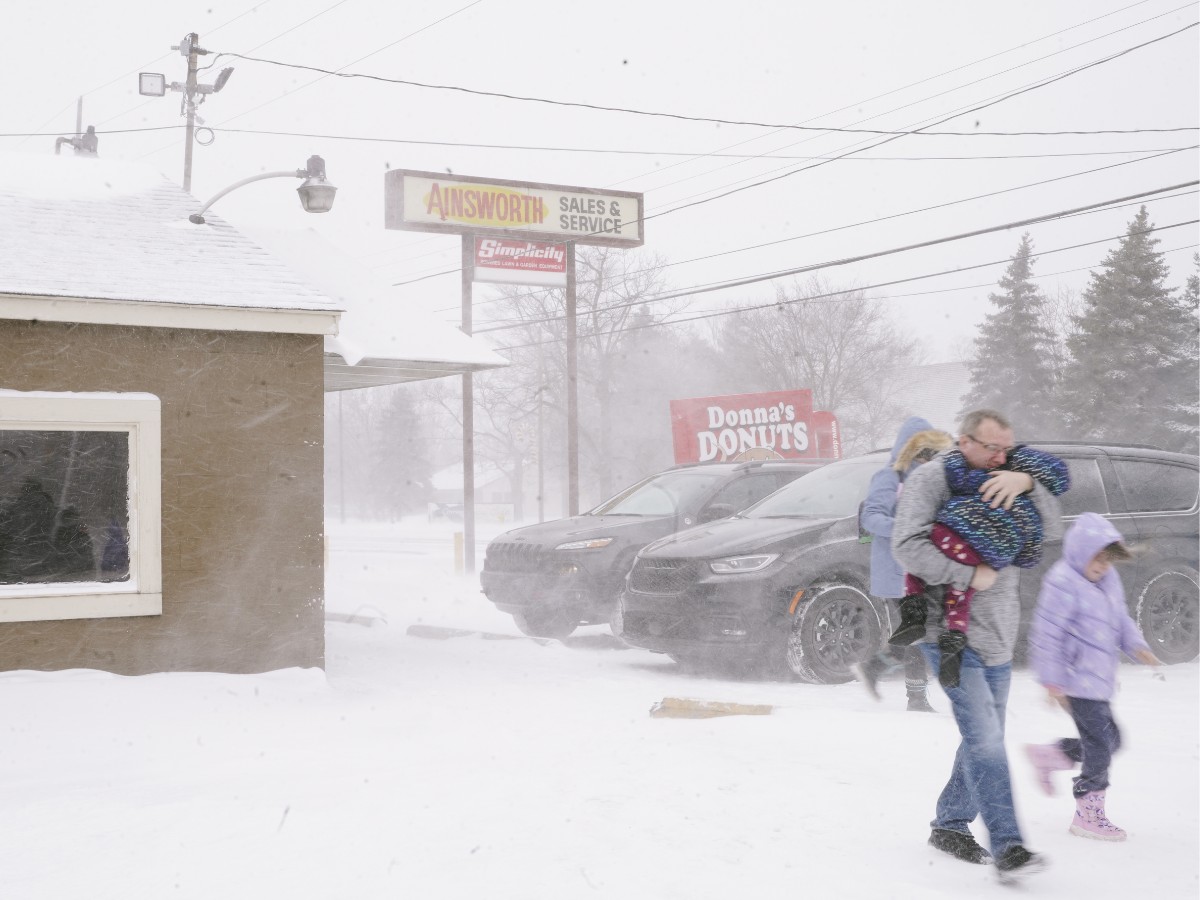
Is this much of a surprise? Flint has had a huge problem lately, so it certainly has a terrible reputation. Once a booming auto industry town, the municipal water supply in Flint is pure poison.
Cost-cutting measures leading to off-the-charts lead content has landed the city in a state of emergency. It's not a safe place to be for residents and visitors alike.
Hartford, Connecticut
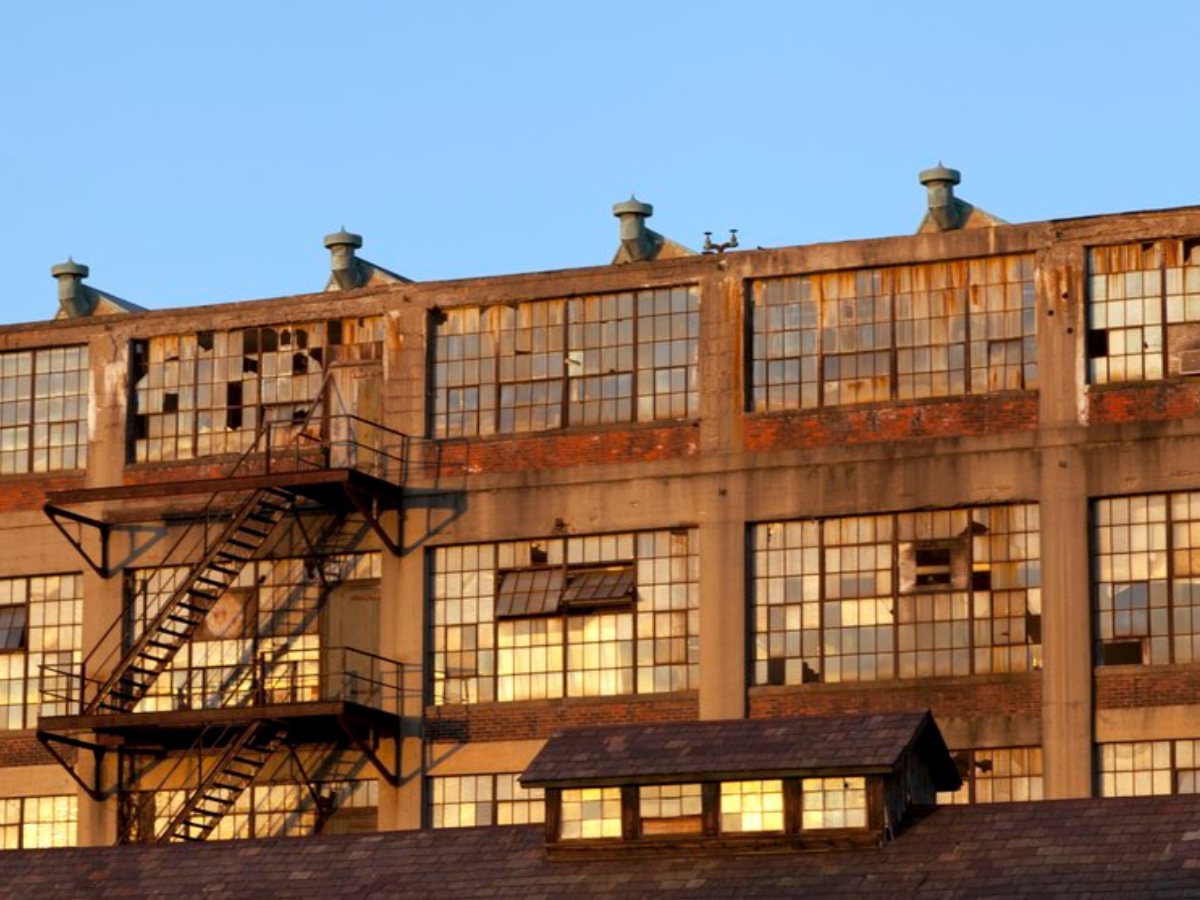
The Connecticut city of Hartford has a reputation for being unsafe; however, this unsavory assessment seems to apply to problematic pockets, rather than the whole metropolis.
Downtown is relatively safe, while tourists are advised against venturing into the area known as North End. Good luck trying to navigate that mess, though!
Jacksonville, Florida
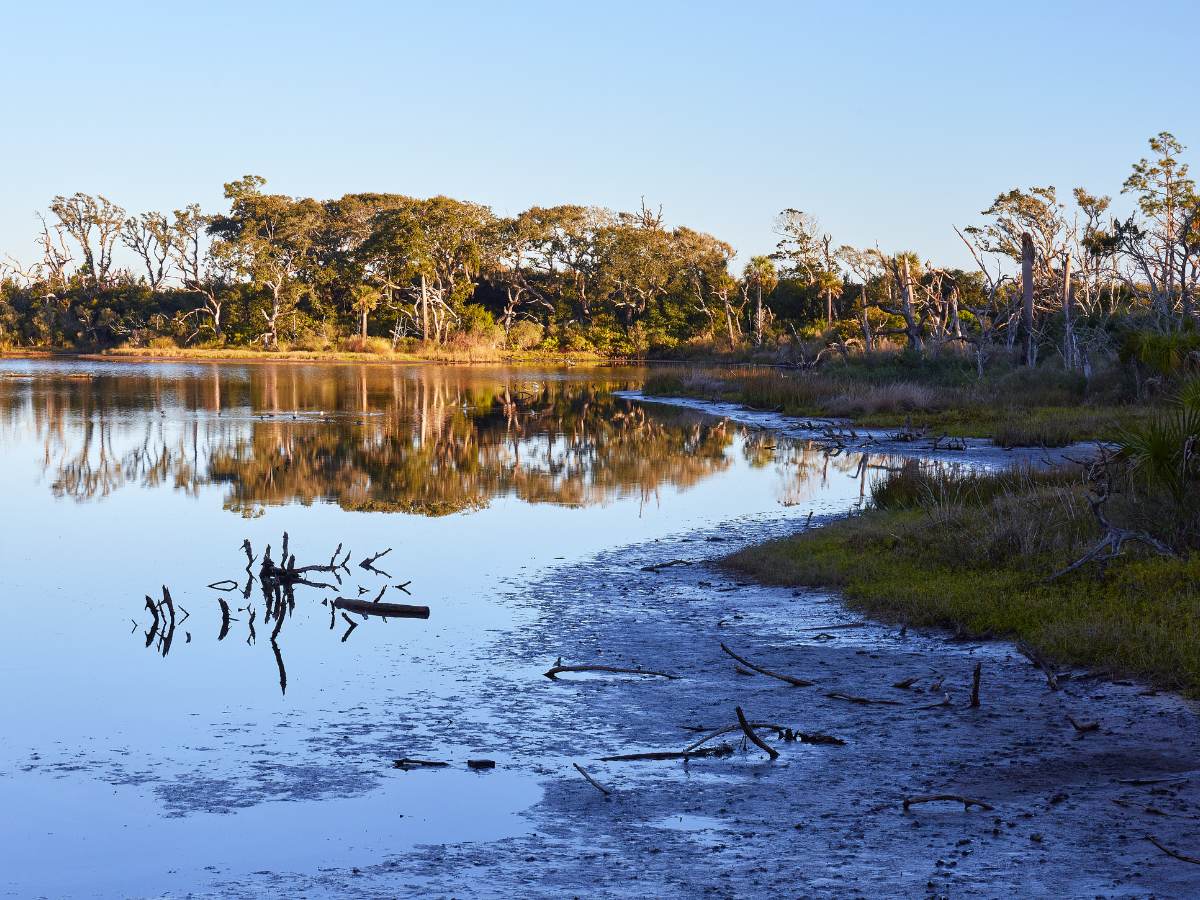
In northeastern Florida, Jacksonville boasts the largest urban park system in the United States, but its reputation isn’t quite a picnic. Heavily populated J-ville isn’t all bad, but it’s wise to steer clear of the northwest quadrant and Arlington Expressway.
This location has a large amount of gang-on-gang violence and is a major concern. It's a sad story we've heard a million times before. According to FBI reports, Jacksonville has a violent crime rate of 452 per 100,000 inhabitants, 22% higher than the national average.
Jackson, Mississippi

Unfortunately for Jackson, the unemployment rate in the state’s capital is higher than for the state as a whole. As of July 2019, the unemployment rate was 5.3%, according to the Bureau of Labor Statistics.
What’s more, the poverty rate for Jackson is worse than the state percentage. The U.S. Census reports that 28.9% of Jackson's residents live in poverty in 2017. Boil water alerts are also a common occurrence. That doesn’t add up to a reputation for a city that takes care of its citizens.
Las Vegas, Nevada
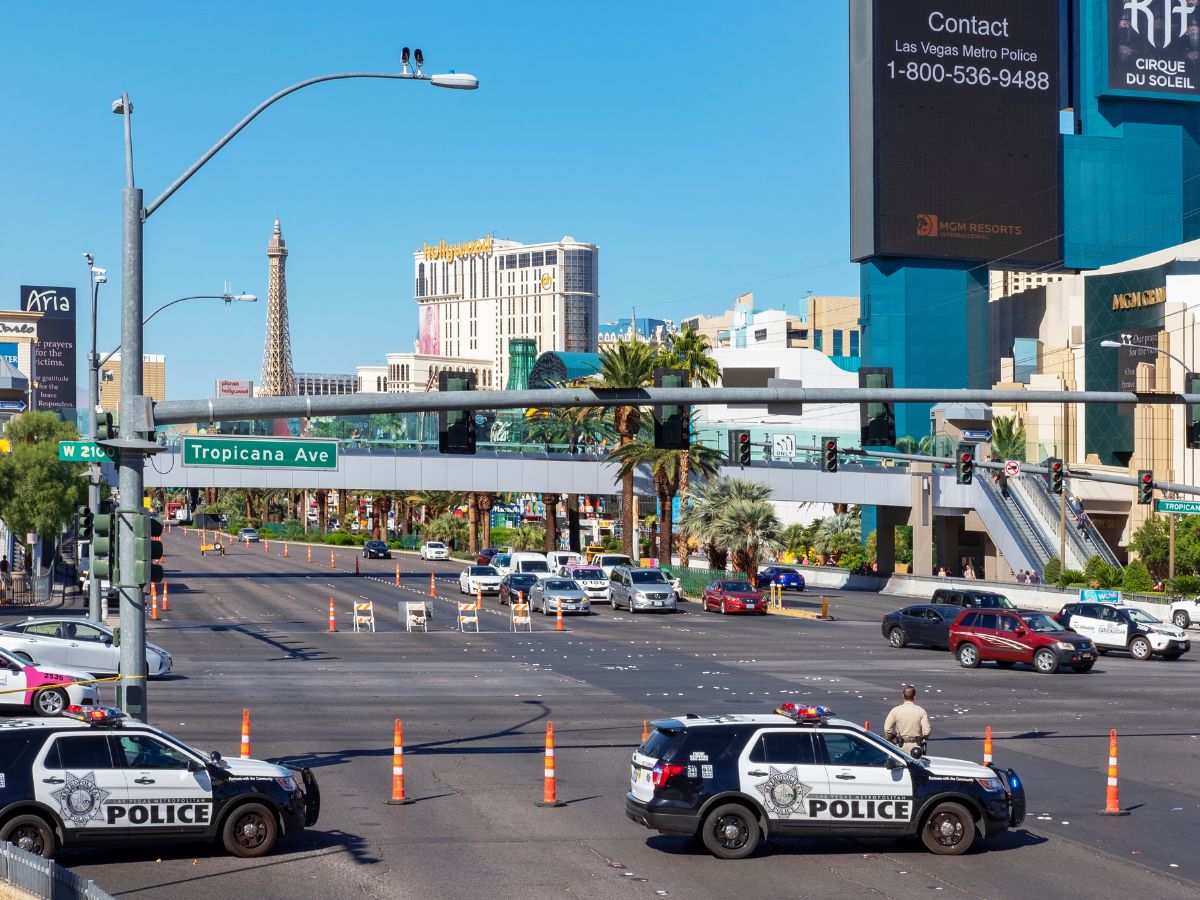
Las Vegas has had a major issue with human trafficking – not something you want your city known for. Underage trafficking is becoming such a problem that huge training sessions are being held to teach people how to protect themselves. Since 1994, the city has recovered 2,229 victims, but that pales in comparison to the number that goes missing every year.
According to the Las Vegas Police, there are "roughly 400 children picked off the streets" each year. In addition to this, the U.S. Justice Department also named Las Vegas among the 17 most likely destinations for human trafficking.
Steubenville, Ohio

Like many areas in the Rust Belt of the Midwestern United States, Steubenville has seen a consistent population decline since a peak in the 1940s. According to the U.S. Census Bureau, the area has lost 52% of its residents since 1940.
Couple that with the city's reputation for political corruption (particularly involving the police force) and a national headling high school rape case in 2012, Steubenville hasn't seen its fair share of positive news in quite some time. It's another sad, Midwest town in decline.
Johnstown, Pennsylvania
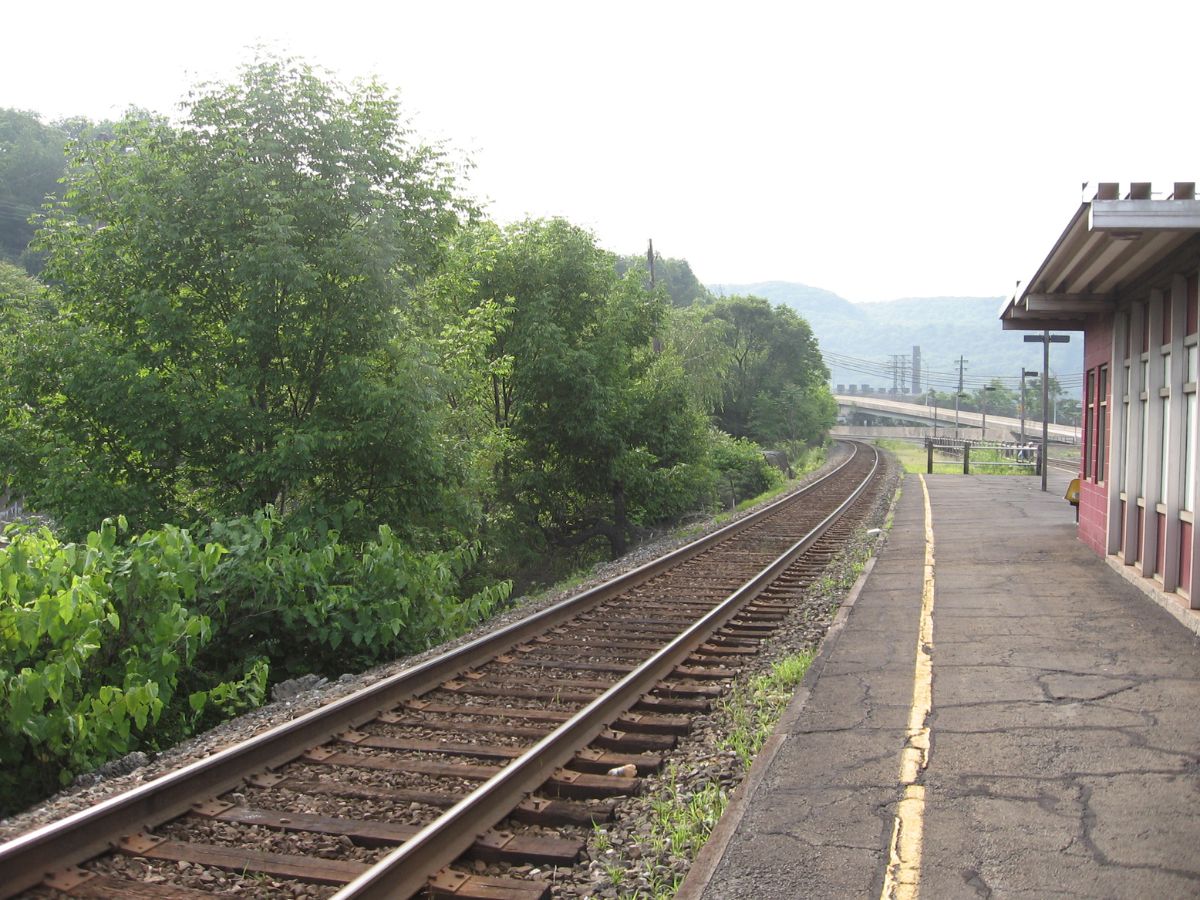
Of the 382 most populous metropolitan statistical areas in the United States, Johnstown experienced the third-largest decline in population between 2010 and 2016, according to the U.S. Census. Just over 6% of residents have sought job opportunities elsewhere.
In fact, the city hasn't seen its population increase since before the 1930 census. People can't seem to get out of Johnstown fast enough.
Charleston, West Virginia

As the capital of West Virginia, there's perhaps no better symbol of the decline of a coal-based economy than Charleston. While the town is pleasant enough, job prospects have dwindled, and the population has declined from a high of 85,800 in 1960.
Now, it's down to around 47,215 (estimated) today, according to the U.S. Census Bureau. Those jobs (and citizens) are probably never coming back.
Baltimore, Maryland

If there's some good news for Baltimore it's that while the city's population has been on the decline since the 1960s, the suburbs are absorbing those who are moving. The city has lost 1% of people in the past 5 years while the metropolitan area has gained 3% (according to the U.S. Census).
That being said, Baltimore has had some unsavory headlines, particularly around race relations and its police force, in recent years. But then again, Baltimore has never really been high on anyone's "Best Of" lists.
Chicago, Illinois
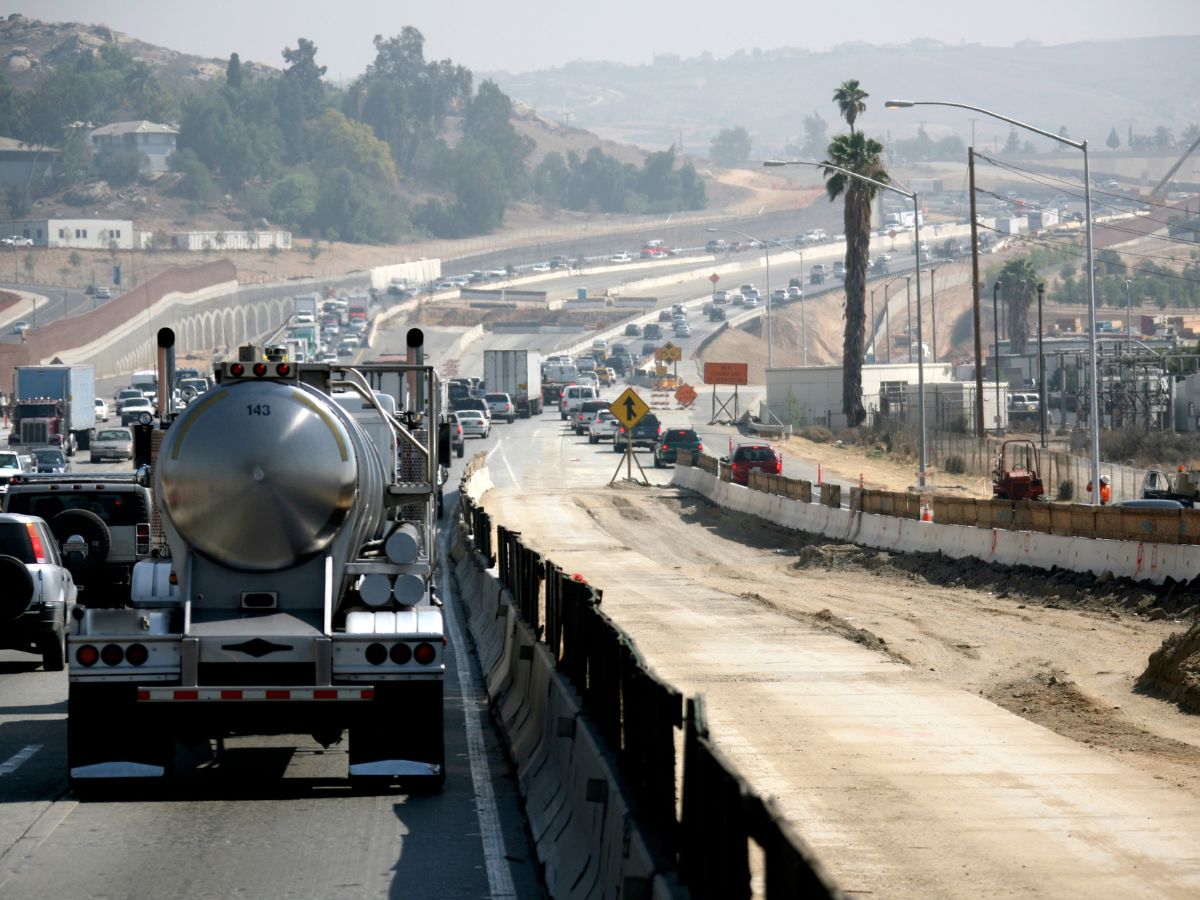
There is so much to love about the Windy City, but its epidemic of violence is hard to ignore. In 2016, Chicago saw 762 homicides—the highest rate in 19 years. Contributing factors include drug activity and years of gang factions that operate like well-oiled machines. It's sad when violence becomes an everyday part of life in a city like this.
Chicago Police have a bit of good news, however. Since 2016, Chicago has made historic reforms, which seem to be helping. In 2018, there were 100 fewer murders than in 2017 and a 14% decrease in shootings. It has a long way to go, but does this mean it may not be at the top of the list one day?
New Haven, Connecticut
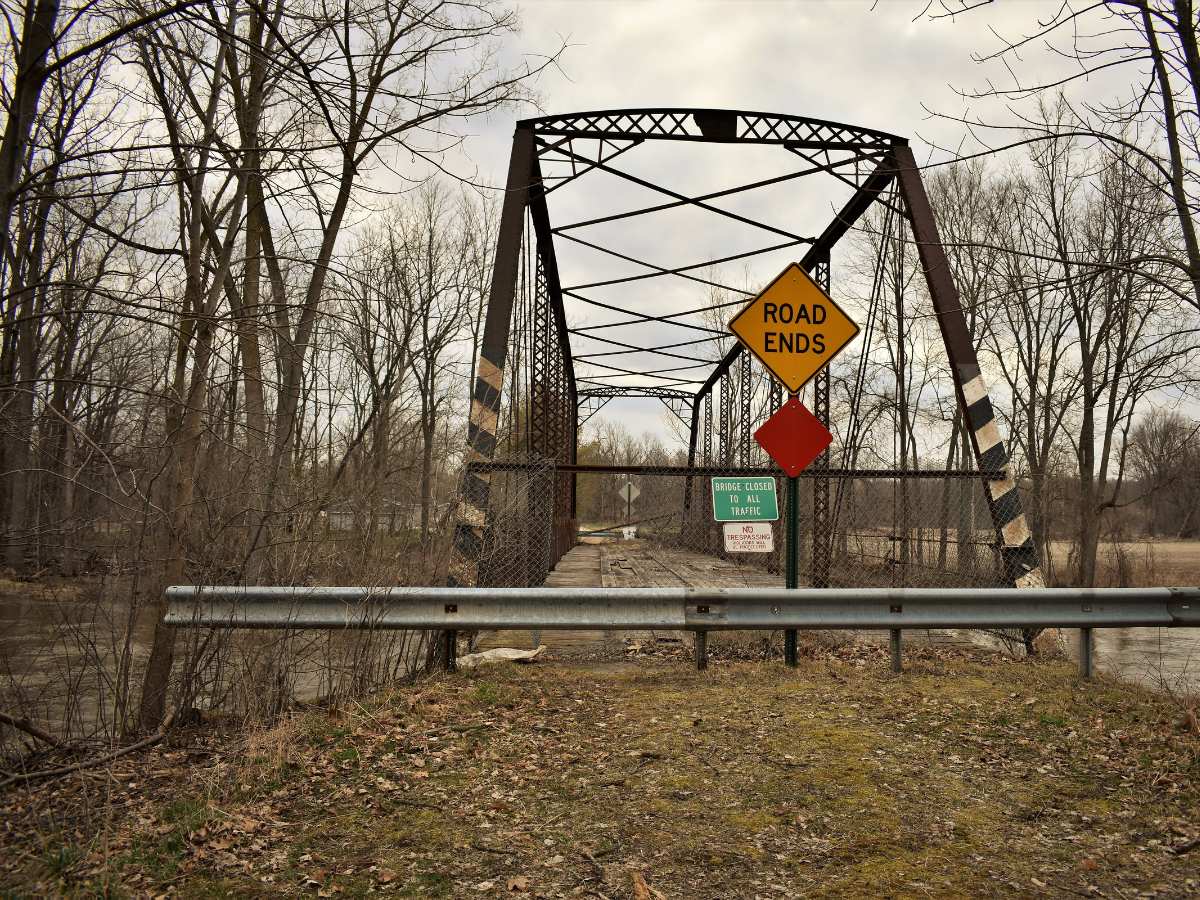
Home of the Ivy League’s Yale University, headquarters of the Knights of Columbus, and the birthplace of President George Bush, New Haven is part of the greater New York metropolitan area.
Despite so much going for it, this city has consistently ranked high on dangerous city lists. Is anywhere safe these days?
Gary, Indiana

Like many other Rust Belt cities, Gary has lost population as national trends see people moving further South and West. This isn't a recent phenomenon, however.
Gary has continuously lost population since the 1960s, according to the U.S. Census Bureau. It's down 57% from its peak. This is one town whose days are numbered.
Buffalo, New York
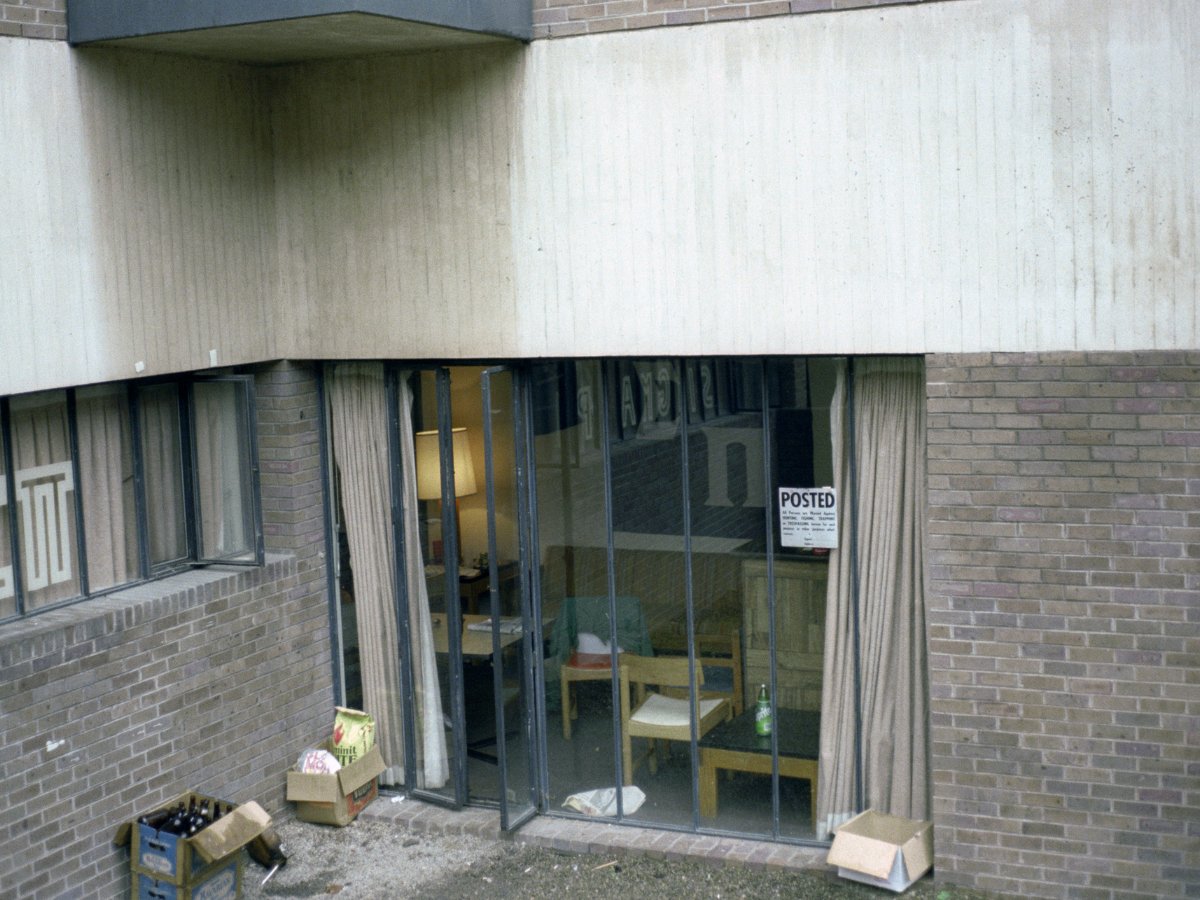
Buffalo has been a victim of population loss, as well. Buffalo has done much to revitalize its formerly manufacturing-heavy economy.
Even with all that work, however, the unemployment rate remains at 4.4% as of July 2019, according to the U.S. Department of Labor. Maybe if it keeps trying, things will pick up.
Wilmington, Delaware

Wilmington, Delaware's unemployment rate is currently at 4.1%, according to the U.S. Department of Labor. It isn't the highest on the list, but it's higher than the state average (3.5%).
Nearly 27% of the population of Delaware's largest city is below the poverty level, as reported by the U.S. Census Bureau. It doesn't sound like a fun place to be.
Albany, Georgia
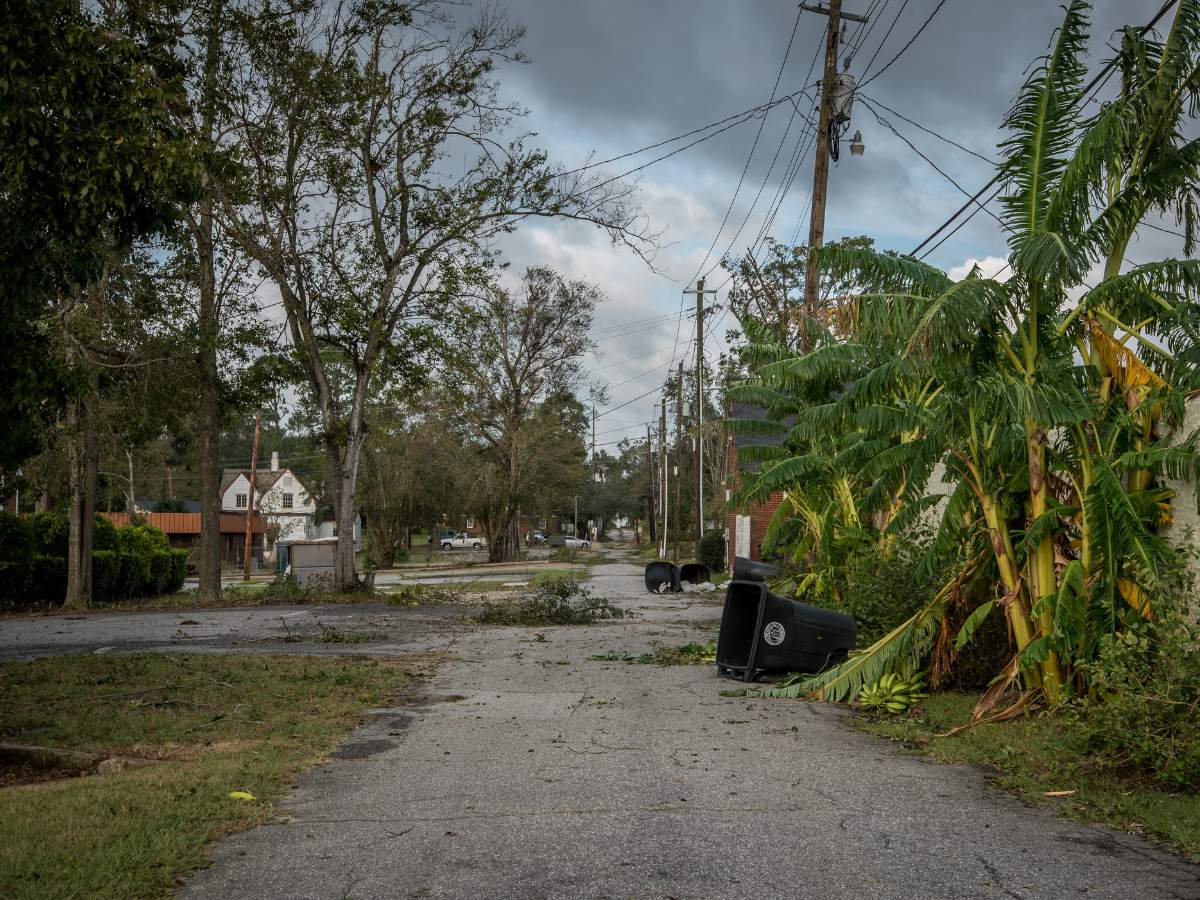
The poverty rate for Albany, Georgia, is 33.2%, according to the U.S. Census Bureau. Compare that to a 14.3% poverty rate for the state of Georgia as a whole, and things aren't looking too great for the city.
Since 2010, the area has lost nearly 3% of its population. People need good-paying jobs, but they clearly aren't here.
Milwaukee, Wisconsin

In good news, Milwaukee is rebounding from a population loss. In bad news, the city remains one of the most segregated in the country based on maps of racial distribution of where people live.
It's a town that's still struggling. This also has a lot to do with the reputation that Milwaukee is violent. Crime is common, and people don't want to go anywhere near it.
Oakland, California

Since the 1960s, crime has been a major issue for San Francisco’s neighbor across the Bay. A consistently dwindling police force and a traditionally poor relationship between law enforcement and the community make it difficult for Oakland to curb the violence in this picturesque waterfront city.
Forbes actually ranked it first nationwide in violent robberies, and there's no indication that things will be changing in this dangerous city anytime soon. The good news is that Oakland may be improving. Gun violence dropped 30%, according to Guardian, but the city has still had 103 homicides in the first six months of 2019.
Homestead, Florida
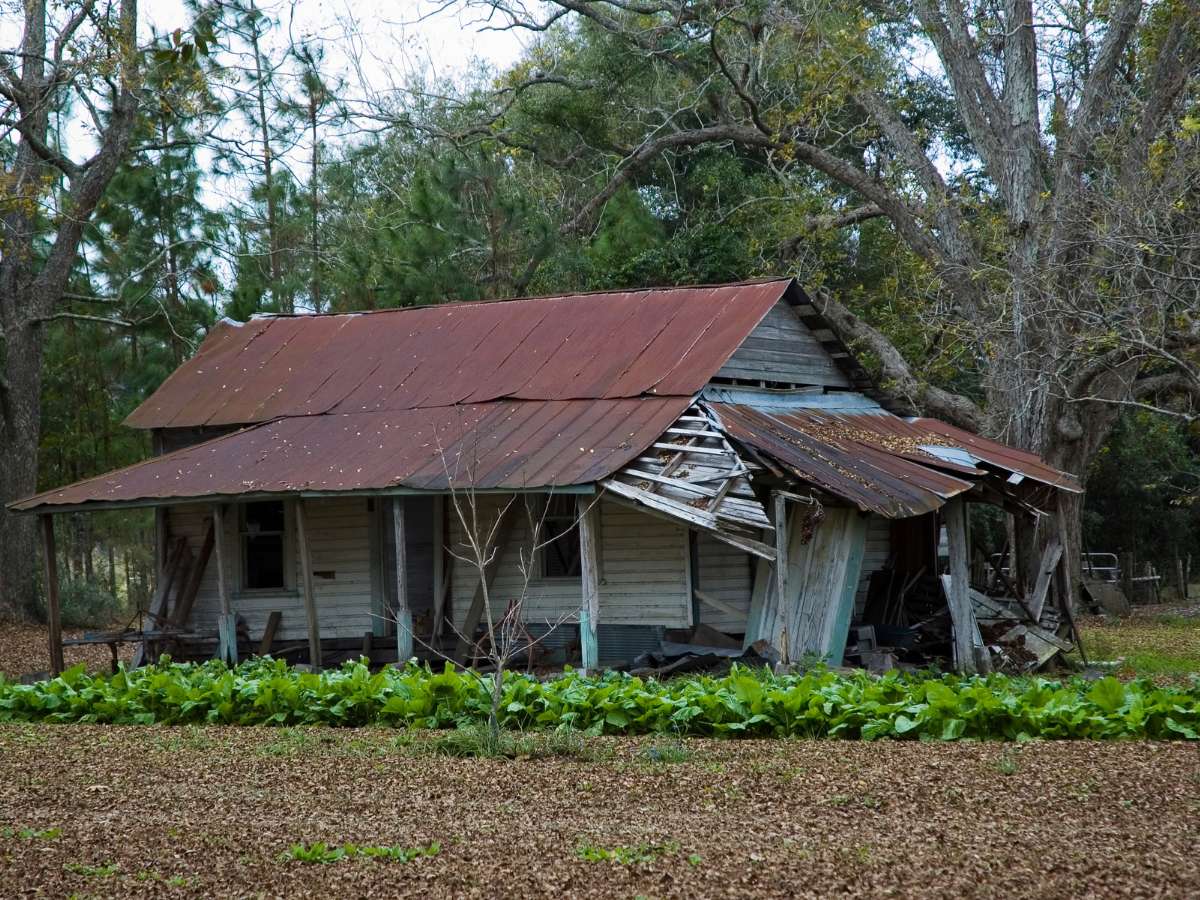
In Homestead, nearly 27.1% of the population lives below the poverty line, according to the U.S. Census Bureau. Moreover, that poverty disproportionately affects Hispanic residents, which make up the bulk of the city's residents.
It's not a city that inspires hope. On top of the unemployment and poverty rates, Homestead also has a bad reputation for having a lot of crime. All of that equals a dying city.
McAllen, Texas

According to the U.S. Census Bureau, McAllen's poverty rate was 25.2% in 2017, whereas Texas as a whole stood at 14.9%. Moreover, McAllen residents have a disproportionally high amount of health problems.
The percentage of adults classified as obese stands at a whopping 38.5%, and 21% of the population is diagnosed with diabetes, according to a new Gallup-Healthways poll. To make matters worse, nearly a third of the population lacks healthcare coverage. It doesn't sound like a healthy place to raise a family!
Texarkana, Texas
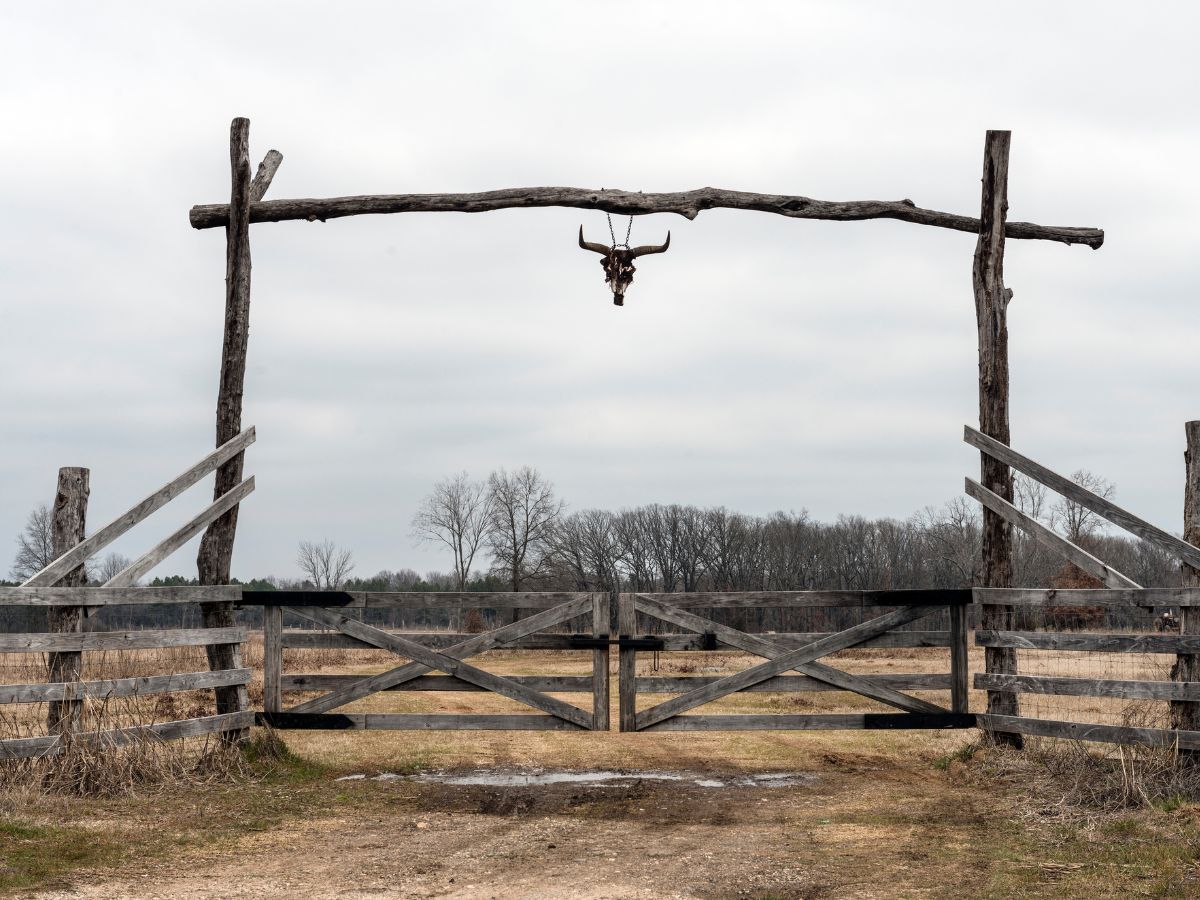
Texarkana is a small town on the border of Arkansas and Texas. Other than being known for a horrible smell thanks to a paper mill, this tiny town was made infamous when five people were murdered in a span of three months.
These murders later became the inspiration for a movie called The Town That Dreaded Sundown. So, not exactly a bastion of small-town charm.
Modesto, California

Agro-centric Modesto is the home of Gallo Family Winery and the birthplace of Star Wars director George Lucas. While there’s much to do around this Central Valley city, its reputation—fraught with foreclosures, sky-high unemployment rates, and street gangs—can give some visitors pause.
It feels like a once-great town that has just given up. The FBI reports that per 100,000 inhabitants, there are a shocking 576 violent crimes, 56% higher than the national average.
Portsmouth, Virginia
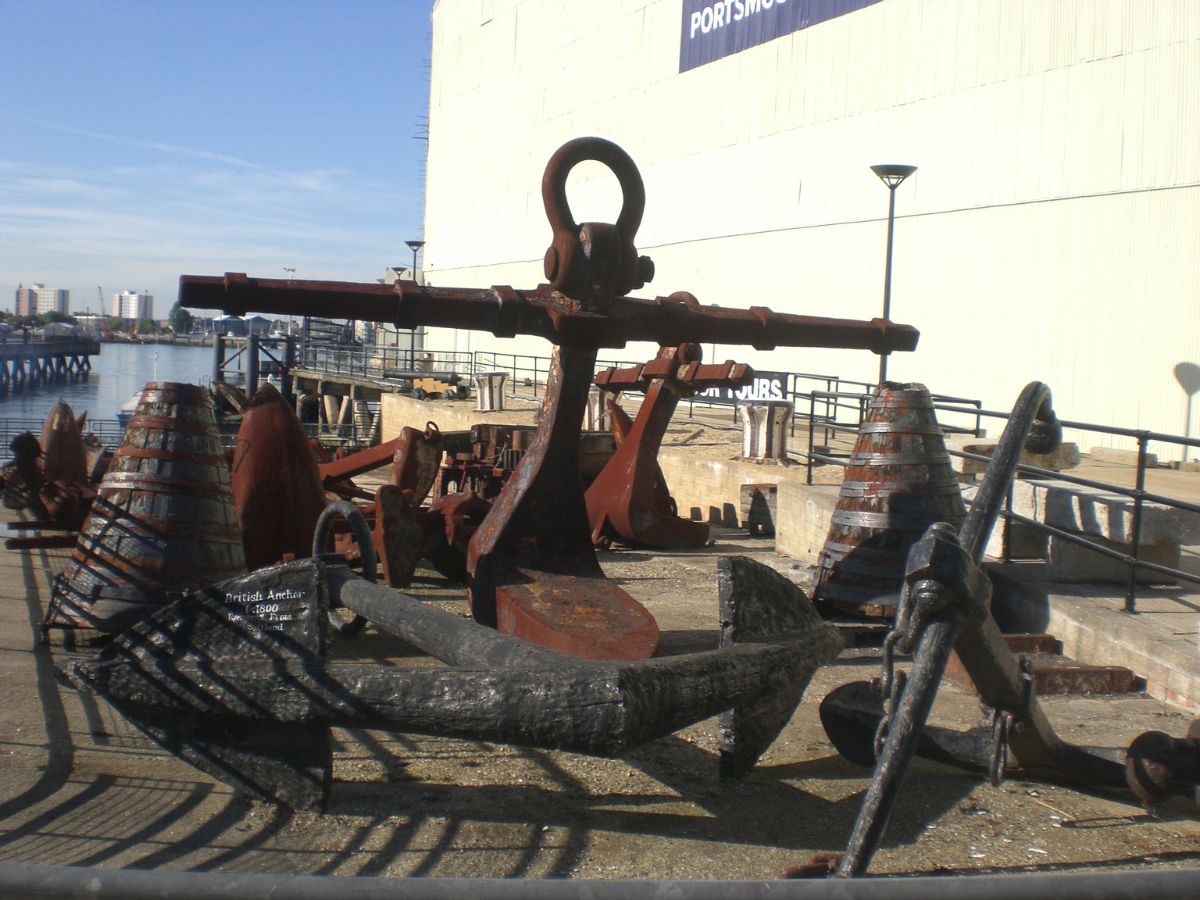
In addition to a decreasing population, Portsmouth has the highest unemployment rate in Virginia. Going by stats from the U.S. Department of Labor (taken in 2016), the statewide unemployment is 3.8%, but Portsmouth is at a whopping 6.7%.
That makes Portsmouth one of the hardest cities to get a job in all of Virginia. Why would anyone think about staying in a place like that?
Tacoma, Washington
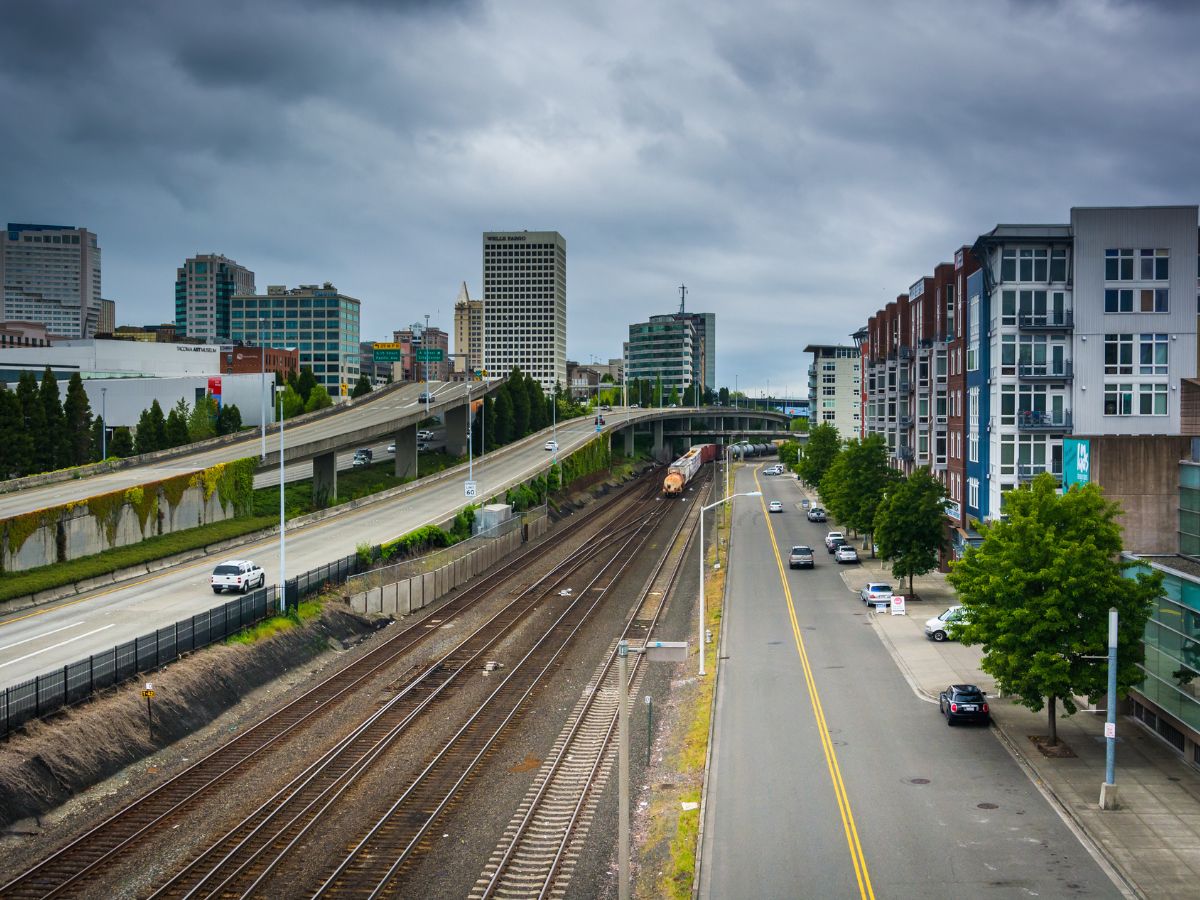
Tacoma is another city on this list with a higher unemployment rate than the state average, sitting at 5.8% compared to Washington’s 4.9% (via U.S. Census Bureau). Things are only getting worse, too.
This city is also one of the most dangerous in Washington, with 947 violent crimes for every 100,000 people in 2016, according to FBI statistics. Seems like violence and unemployment seem to go hand in hand.
Tucson, Arizona
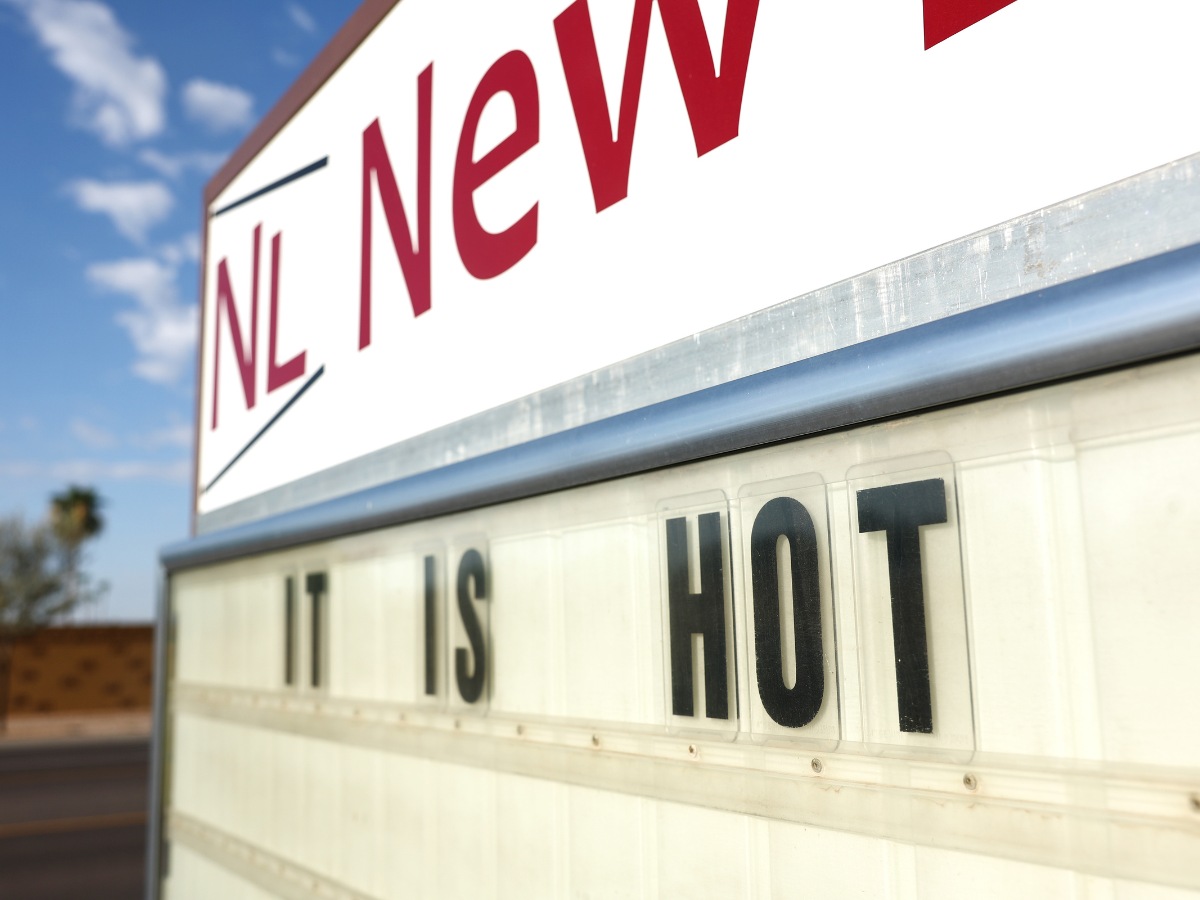
According to FBI Statistics, Tucson has a reputation for being the most dangerous city in Arizona. It has 801 violent crimes committed for every 100,000 people, which is almost double the state average.
Poverty levels are also incredibly high in Tucson. The U.S. Census Bureau reports that almost a quarter of Tucson’s residents live below the poverty line, making it the city with the highest poverty rate in the state.
Parkersburg, West Virginia
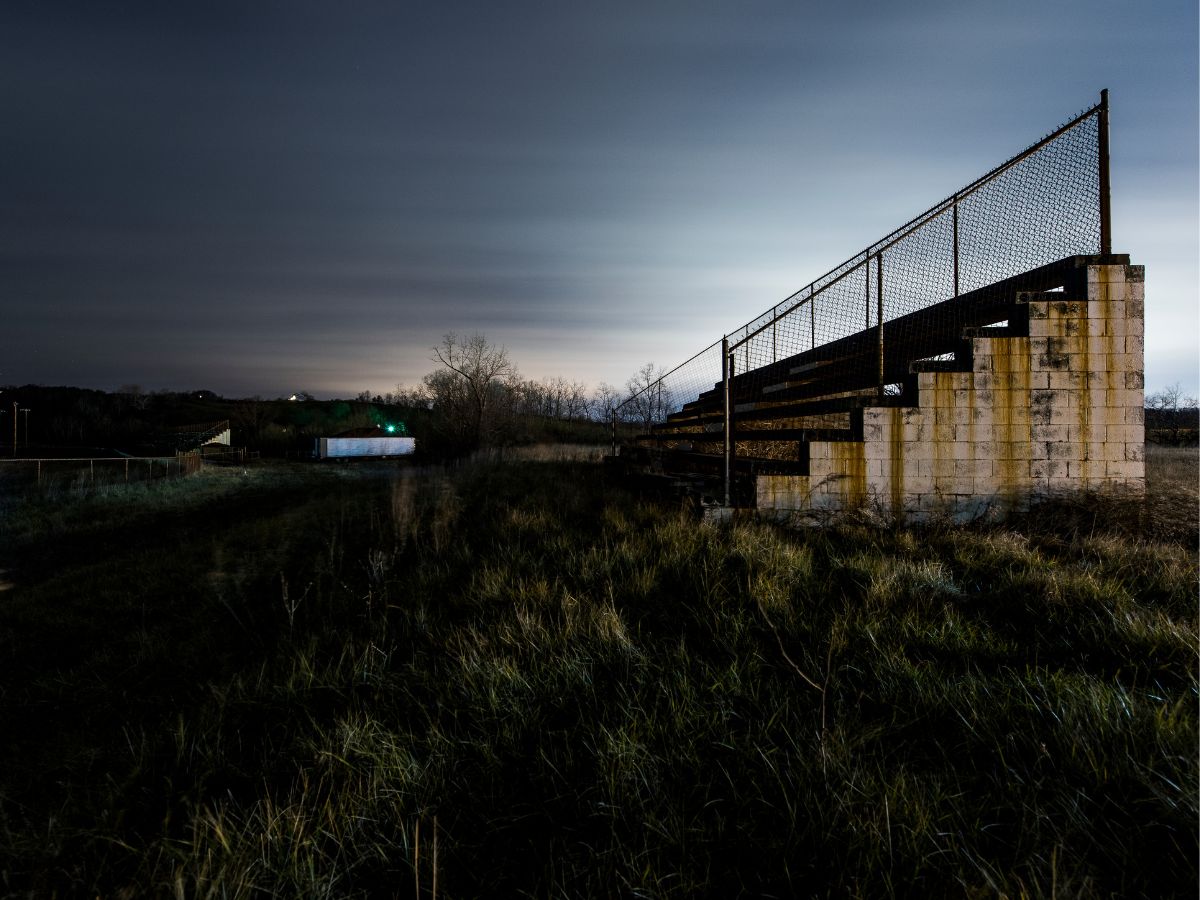
Parkersburg is one of the poorest cities in the whole country, with a poverty rate of 25.2%. Compared to the national rate of 11.8% (both stats via the U.S. Census Bureau), things don't look good for Parkersburg.
This city also has one of the worst hospital systems and sees 16% of patients being readmitted to hospitals within 30 days of their first discharge, according to 24/7 Wall St. What's keeping all these residents sick?
Laramie, Wyoming

Laramie has a poverty rate that is almost double the national average, sitting at a hefty 26%, according to the U.S. Census Bureau. Not only is the poverty rate depressing, but housing costs to live in this city are also incredibly high.
Average housing costs are more than five times the median income for Laramie, which is much higher than the national housing affordability ratio of 3:1. That's a combination that isn't helping anyone.
Mobile, Alabama
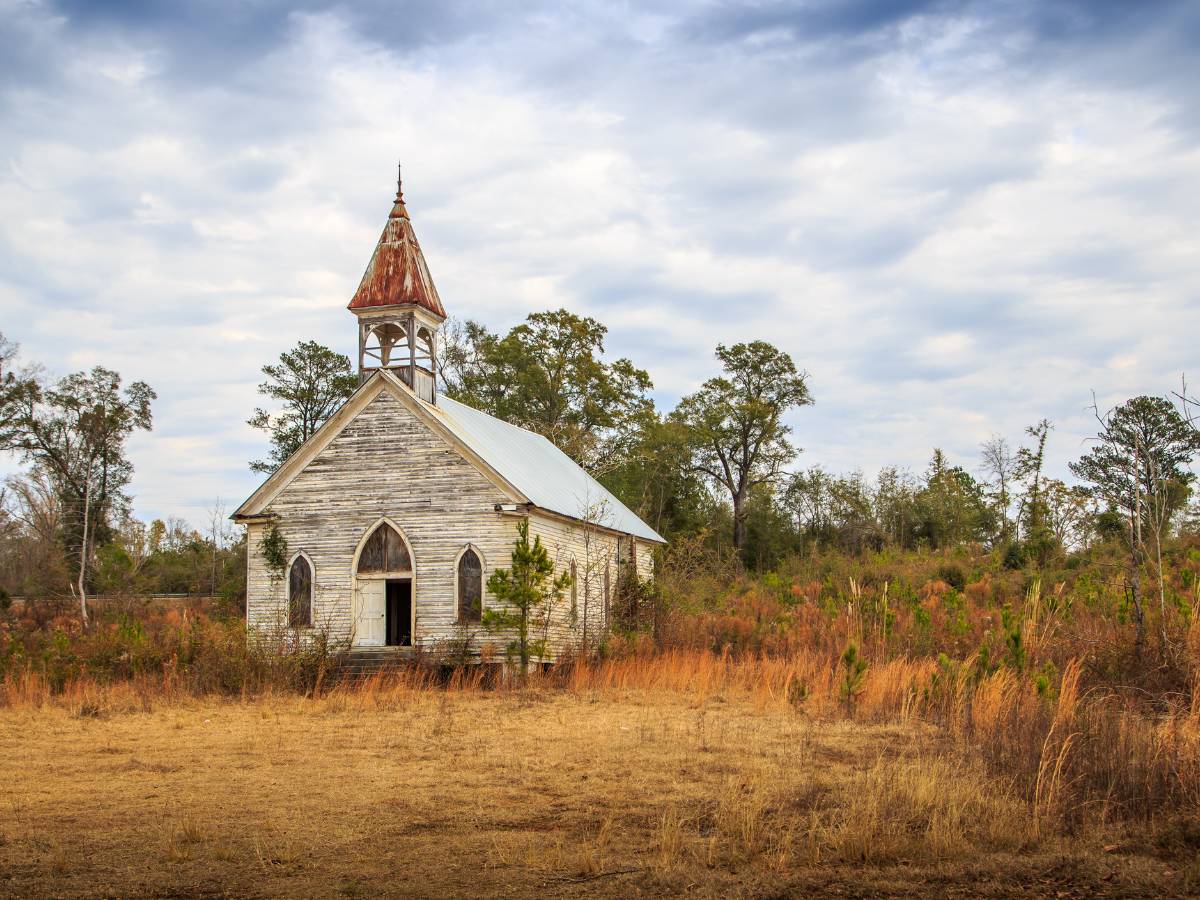
Alabama’s poverty rate sits at 16.19, but Mobile has a poverty rate that sits at a whopping 22.4%, according to the U.S. Census Bureau. To make matters worse, Mobile has an unemployment rate of 4.9% as of June 2019.
Living in Mobile is a struggle, and as a result, the city’s population has declined significantly in the last five years. It's no longer the great Southern city that it used to be.
Little Rock, Arkansas
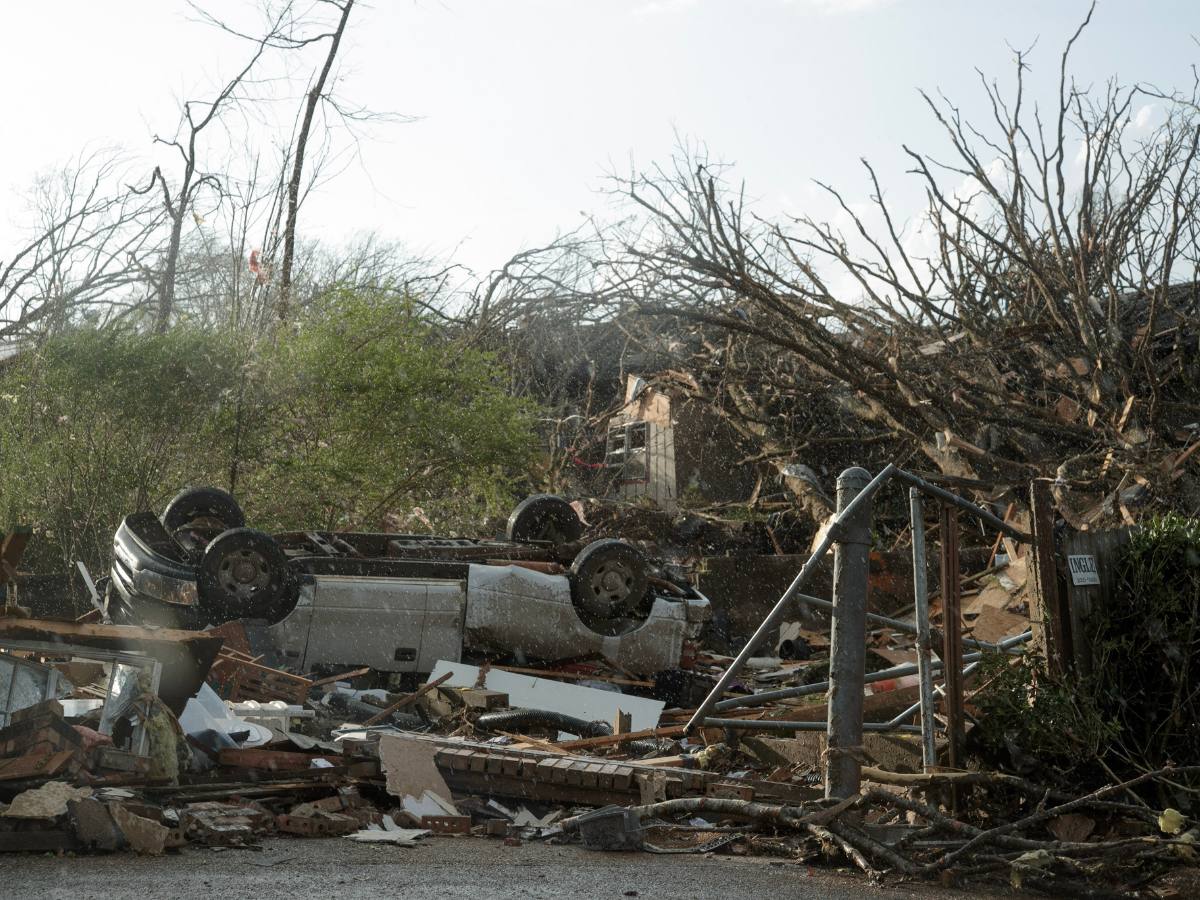
Not only is Little Rock the most dangerous city in Arkansas, but it’s also one of the most dangerous in the United States. According to FBI Statistics, in 2016, there were 1,533 violent crimes committed for every 100,000 people.
That's more than double the state and national averages. There’s also a higher risk of natural disasters such as tornadoes. If the residents don't get you, mother nature will.
Pueblo, Colorado
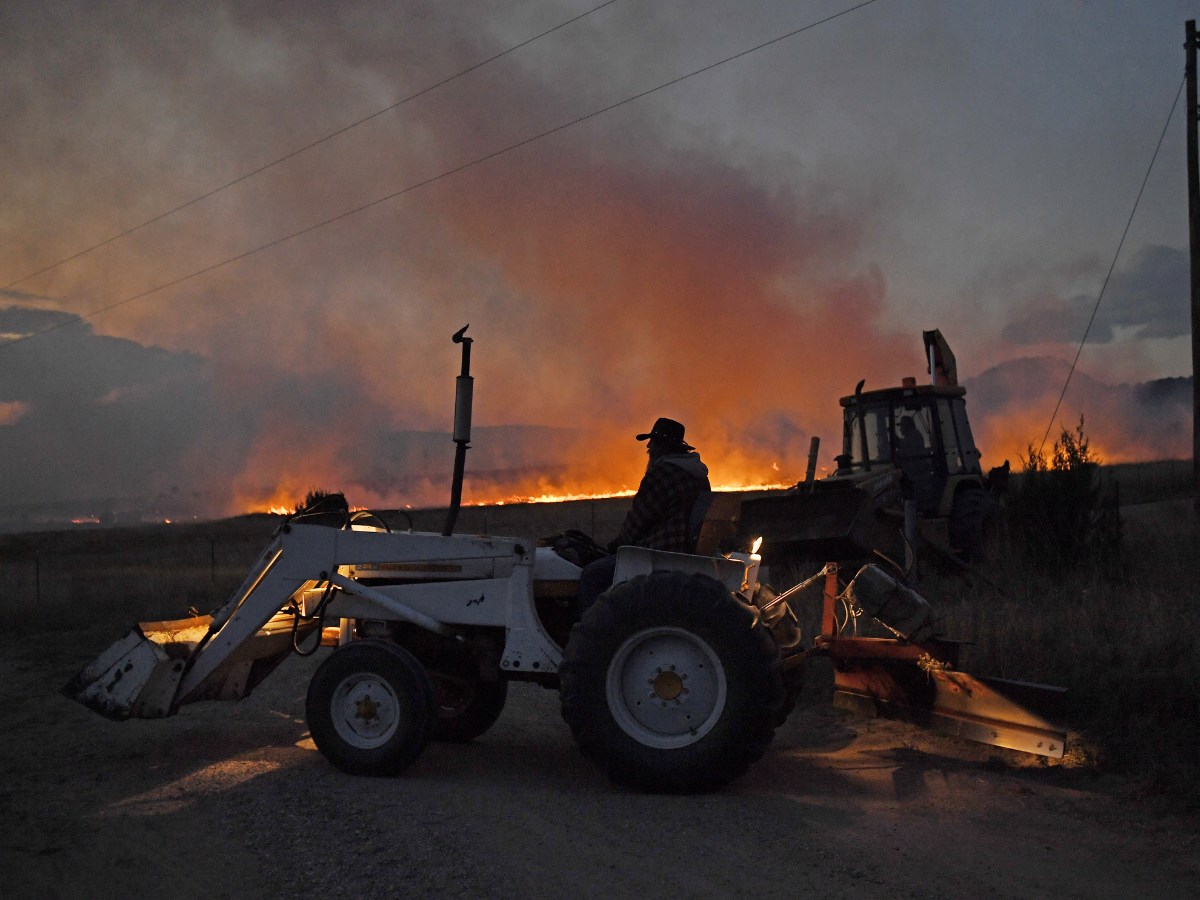
Residents of Pueblo face difficulty finding a job because the city’s unemployment rate is 4.1% and is higher than the state average, according to the U.S. Bureau of Labor. Going by stats from the U.S. Census, Pueblo's poverty rate also sits at 18.2%, making it the highest city in Colorado for poverty levels.
The crime rate is also abysmal, with 1,081 violent crimes committed in 2016 alone (via FBI stats). This city definitely isn't the reason people are coming to Colorado.
Louisville, Kentucky
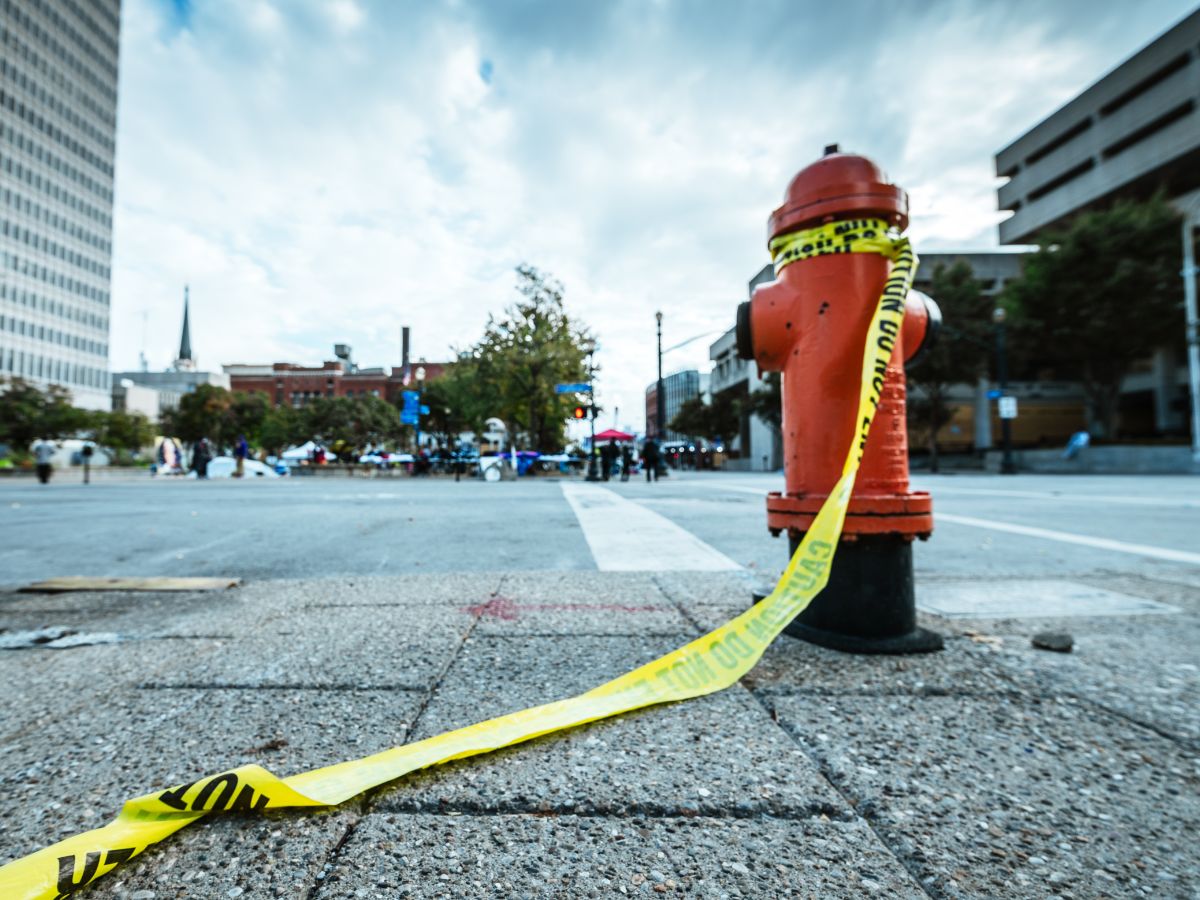
Louisville is hands down the most dangerous city in Kentucky. The FBI reports 750 violent crimes committed for every 100,000 people, Louisville’s rate is more than triple the state average.
It also has the highest unemployment rate in the state and a whopping 16.7% poverty rate, according to information from the U.S. Census. Louisville needs to start making some major changes.
Shreveport, Louisiana

The U.S. Bureau of Labor announced that the unemployment rate of Shreveport is 5.2% as of July 2019. That means it’s the most unemployed city in the state of Louisiana.
The weak job market has led to low incomes and high poverty rates within the city. Shreveport’s poverty rate is at 25.7%, which is down from the previous years, but still high enough to cause concern.
Anchorage, Alaska

Anchorage might not seem like a dangerous place, but it really is. It has more violent crimes than any other city in Alaska with 1,114 violent crimes for every 100,000 people, according to FBI statistics.
People are also finding it harder to find jobs, leading to a high unemployment rate. The good news is that the number seems to be declining, according to the U.S. Department of Labor stats.
Springfield, Massachusetts
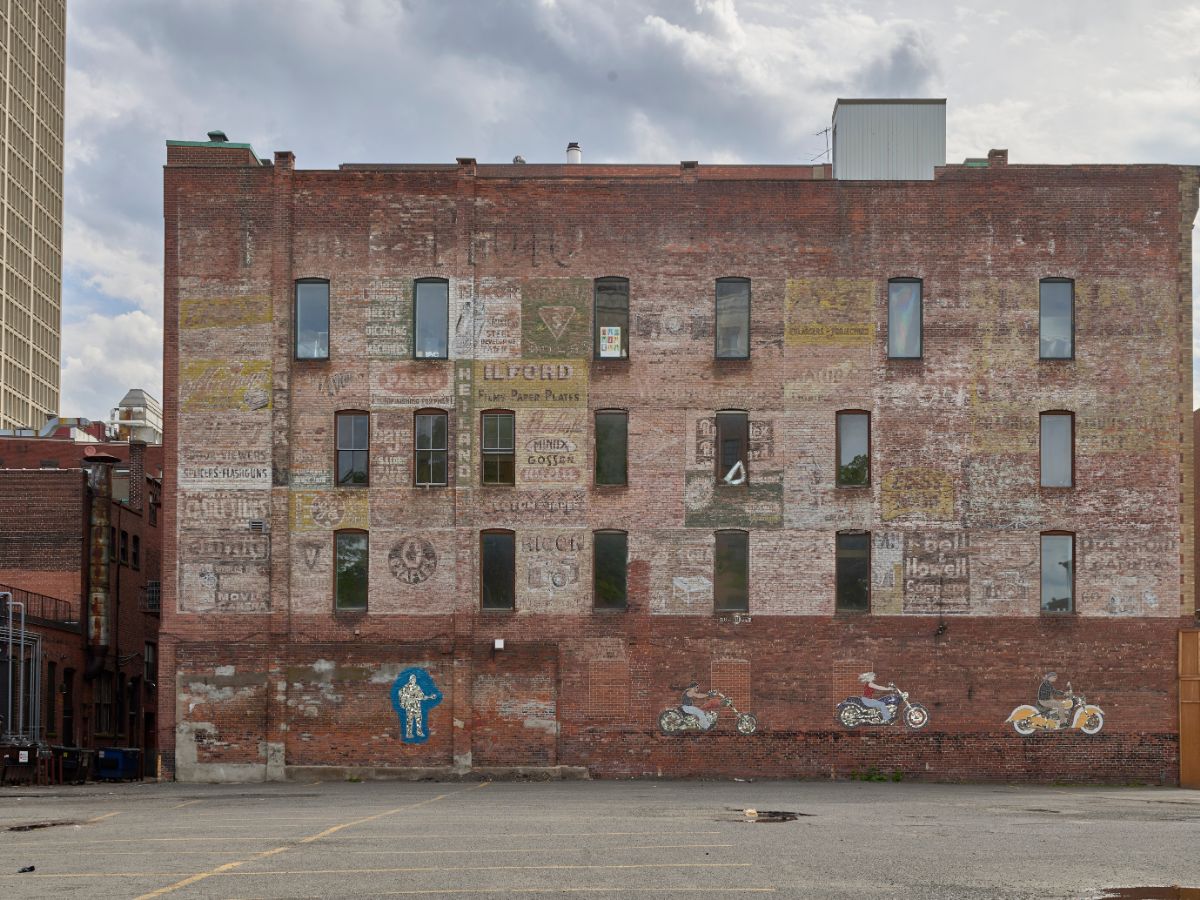
Due to the high poverty and crime rates, Springfield has the worst reputation in the state of Massachusetts. The U.S. Census Bureau reports a poverty rate of 28.7%, almost one in four people live in poverty.
Crime is also a growing issue in Springfield, where 1,031 violent crimes were reported for every 100,000 residents in 2016, according to FBI statistics. Things are clearly not moving in the right direction here.
Rockford, Illinois

Rockford has had a struggling economy for years now, which has led to a weak job market. With an unemployment rate of 6.6% in July 2019 (via U.S. Census Bureau), Rockford has the highest rate in the state.
After the FBI released it's 2016 data, it was revealed that Rockford is also a dangerous city with 1,658 violent crimes for every 100,000 people, making it a city with one of the highest crime rates in the country.
Aurora, Colorado
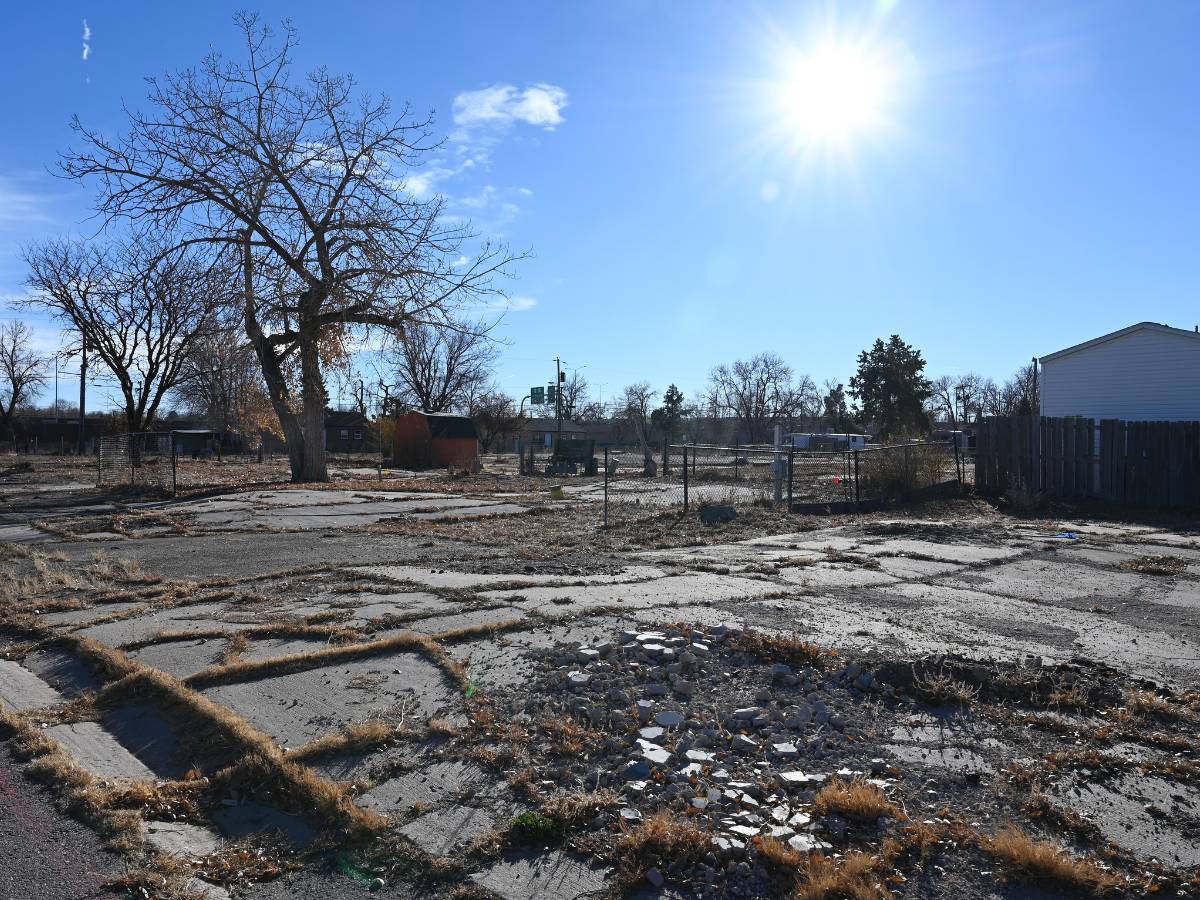
Aurora, Colorado has an extremely high crime rate. It's 84% higher than the rest of the state, and, for this reason, many Colorado-natives refuse to drive through the city.
The good news is that violent crime has been shrinking over the last 20 years, but that has yet to improve Aurora's reputation. Aurora is doing what they can, but will it be enough?
 Author
Jack Robinson
Last Updated: December 08, 2025
Author
Jack Robinson
Last Updated: December 08, 2025